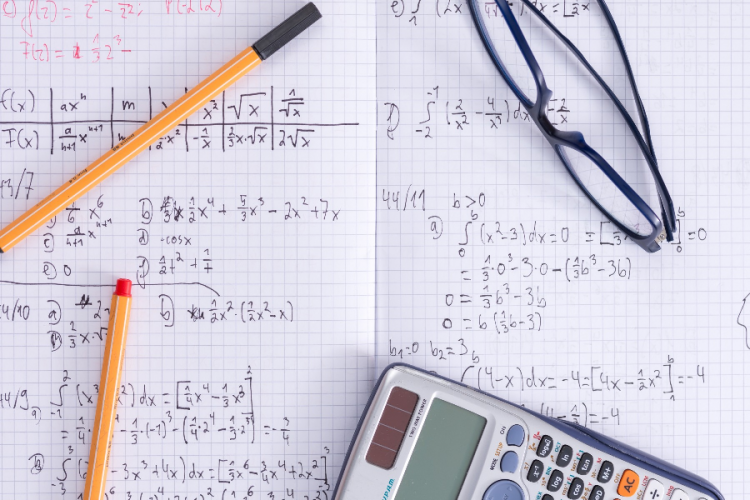In both mathematics and physics, equations are extremely significant. Equations are used to solve questions in Kinematics, Torque, Thermodynamics, and many other relevant topics. Chemistry makes use of equations as well. This is why understanding the various approaches to dealing with equations is critical. Equations are used to solve problems involving interest, percentages, profit and loss, solving quadratic equations and a variety of other topics. The different methods for solving systems of equations are discussed in this article. It will also educate readers on the significance of equations.
Solving system of equations:
- Simultaneous equation solution: This method is only applicable to equations with two variables. By multiplying both equations with a common factor, one of the variables is eliminated in this procedure. The value of a single variable is then determined by dividing the equation’s value by the quantity in front of the variable. The other variable’s value is derived by plugging the first variable’s value into the equation. This strategy is taught to students in lower grades, and many questions about it are posed in important exams.
- Matrices: A system of three variables can be simply solved using the matrices approach. To reach the result, one must calculate the adjoint of the matrix. This technique is used to address difficult problems. This strategy produces reliable findings and is simple to comprehend. It is necessary to understand the fundamental concepts of matrices to solve equations. The Gauss Jordan Method, the Gauss Elimination Method, and the Gauss Siedel Method are only a few examples. Using the concept of Matrices, all of these methods are applied to solve the equations. If students have a rudimentary understanding of Matrices, they can readily solve issues involving equations.
Solving quadratic equations:
One of the subsets of equations is quadratic equations. In mathematics, we deal with a variety of distinct forms of equations. A quadratic equation is one in which the variable has the largest power of two. Consider the equation ax2+bx+c=0 as an example of a quadratic equation. a, b, and c, all are constants here. The variable of x2, which is a, should never be equal to zero in the equation; this is an essential requirement for a quadratic equation. We can also see that the highest power of the variable is two in the equation. A quadratic equation can be solved in a variety of ways.
The quadratic formula is one of the simplest ways to solve a quadratic equation. Let’s look at the above-mentioned equation in more detail. Let alpha and beta be the roots of the above-mentioned equation. [-b ± √ (b² – 4ac)] /2a is the quadratic formula used to find the roots. The two roots of the quadratic equation, alpha, and beta will be obtained using this formula. The equation will be satisfied by both of the roots obtained using the formula. The discriminant is b2 – 4ac, which is used in the quadratic formula. The discriminant is crucial in the formula since it informs us about the type of roots. If the discriminant of the equation is zero, then both of the equation’s roots are real and have the same value. In the same way, if the discriminant is bigger than zero, both roots will be real and distinct from one another. Finally, if the discriminant is less than zero, the equation’s roots are not equal and are imaginary.
In the above article, we have discussed in detail solving quadratic equations and other sets of equations. If a student has difficulty solving a math-related topic, they should seek assistance from an online platform such as Cuemath. It helps the student learn mathematics using various tips and tricks.

